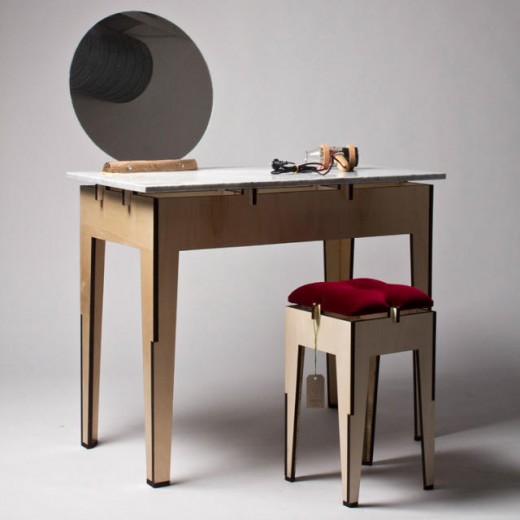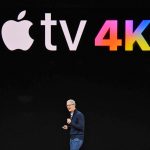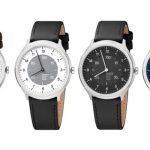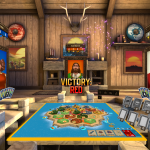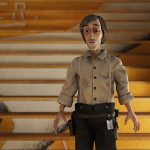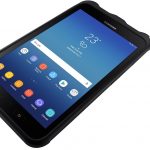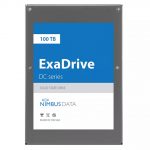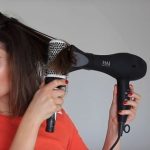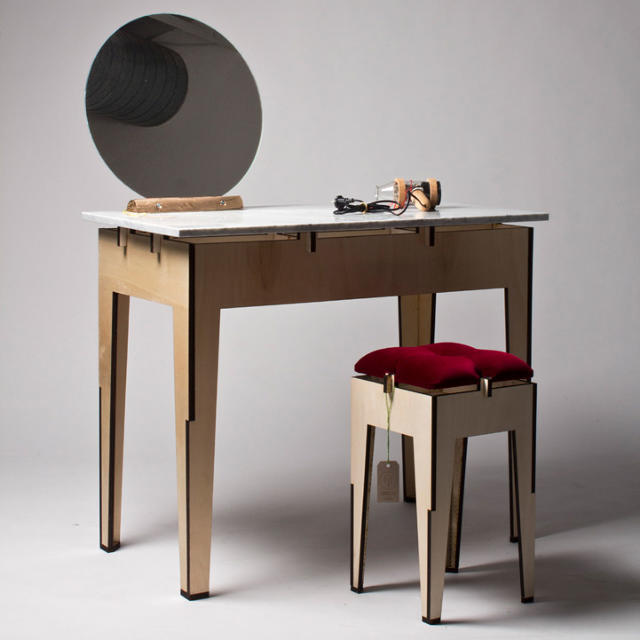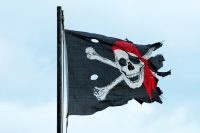this gorgeous, in the neighborhood Made Hairdryer presentations That everyday products wouldn’t have To Be Made In China
The SuperLocal venture is attempting to show it can be nonetheless that you can imagine to make top of the range goods in locations that may seem unimaginable.
November 13, 2015
Andrea de Chirico’s SuperLocal Hairdryer is made totally inside a 2.eight mile stretch of street in Eindhoven, the Netherlands. From the electric heater components to the hand-blown glass nozzle to the cork deal with, the whole thing was created or assembled within a day, at a total cost of €100 ($a hundred and ten).
Hairdryer 1.zero is a part of the SuperLocal mission, additionally primarily based in Eindhoven. SuperLocal exists to show that on a regular basis goods may also be produced in the neighborhood and still embody good design. phase 1.0 contains de Chirico’s hairdryer, along with a desk and stool, a replicate and a lantern, all made within the related small space.
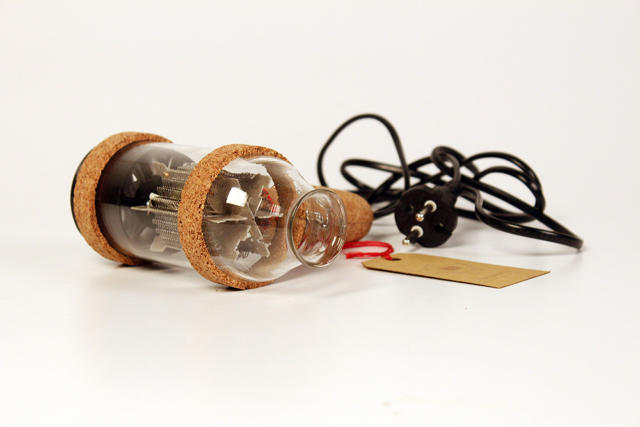
The group’s merchandise are created from a mixture of newly-fabricated and recycled subject matter. The hairdryer, for instance, has a barrel made from glass blown at local glassblower Kees Berende, cork handles built on the DAE wooden workshop, with some electrical parts salvaged from a city junkyard. This combination is essential to the venture. “i feel that both are essential, and it is in reality the combo of them that makes a challenge SuperLocal,” de Chirico instructed Co.Exist. “having a look on the table 1.zero as an example, you get a laser reduce wood structure as a base, and the top is up to the user. I used marble coming from an area grave stone maker.”
some other SuperLocal product, Lamp 1.0 is totally constructed from objects repurposed by using native maker Johan de Roy. “He wanted a lamp for his workshop,” says de Chirico, “and he decided to use objects he may to find in there: a coffee jar and a silicone gun.”
lots of the work has more design to it, and marries the old and the brand new. Alongside artisanal glass, de Chirico makes use of 3-D printed elements. “in my opinion [future production] might be a mix between digital and traditional crafts,” he says. “Kees, the glass blower, in reality likes the venture.”
just right design is crucial to the success of sustainable merchandise. to succeed in a mass market, an environmentally clean judgment of right and wrong isn’t sufficient to atone for ugly merchandise. “it will possibly’t be anymore either fancy designs or sustainable ones,” says de Chirico. “The problem for us is to show to the folks that is it that you can imagine to have gorgeous products that are made in a sustainable way and even inexpensive. this kind of tasks have to speak to the bulk, and grace is indubitably a strong option to pull new people into the topic.”
Low-tech instruments and chairs are, roughly, the roughly thing native artisans had been making for centuries. however is it sensible to construct extra high-tech products in the neighborhood? “neatly, it is definitely now not practical but,” says de Chirico.
He offers cellphones for instance. They’re assembled in one small a part of China, but the materials, together with some valuable metals, are sourced from all over the place the globe, then sent off on their approach once more, simplest to be dumped a couple of years later.

“the point i believe is that the consumer wants to know the place and how his telephone has been made,” says de Chirico. “We want to be conscious consumers. A excellent instance of that’s the FairPhone mission.” The FairPhone is a simple-to-repair, conflict-free cellular phone that may be constantly upgraded, or recycled.
To deal with e-waste, while on the related time providing uncooked digital materials for SuperLocal manufacturing, “You without a doubt need an infrastructure to reuse previous electronics,” he says.
teaching the consumer about native manufacturing can be essential. We’re already skilled to seek out locally grown greens or purchase honey made in our own metropolis however for the rest non-fit for human consumption we still flip straight to Amazon. To this end, the HyperLocal challenge is launching manufacturing excursions, in collaboration with the BrandStore (Eindhoven’s vacationer-data-place of work-decrease-coffee-store).
participants can climb on a motorcycle, then tour the factories and workshops right through the day. “Then in the evening you may leave the city with a self-made, totally functioning hair dryer 1.0 as a souvenir,” says de Chirico.
the first tours will likely be in January 2016.
[All Photos: HyperLocal]
(16)

